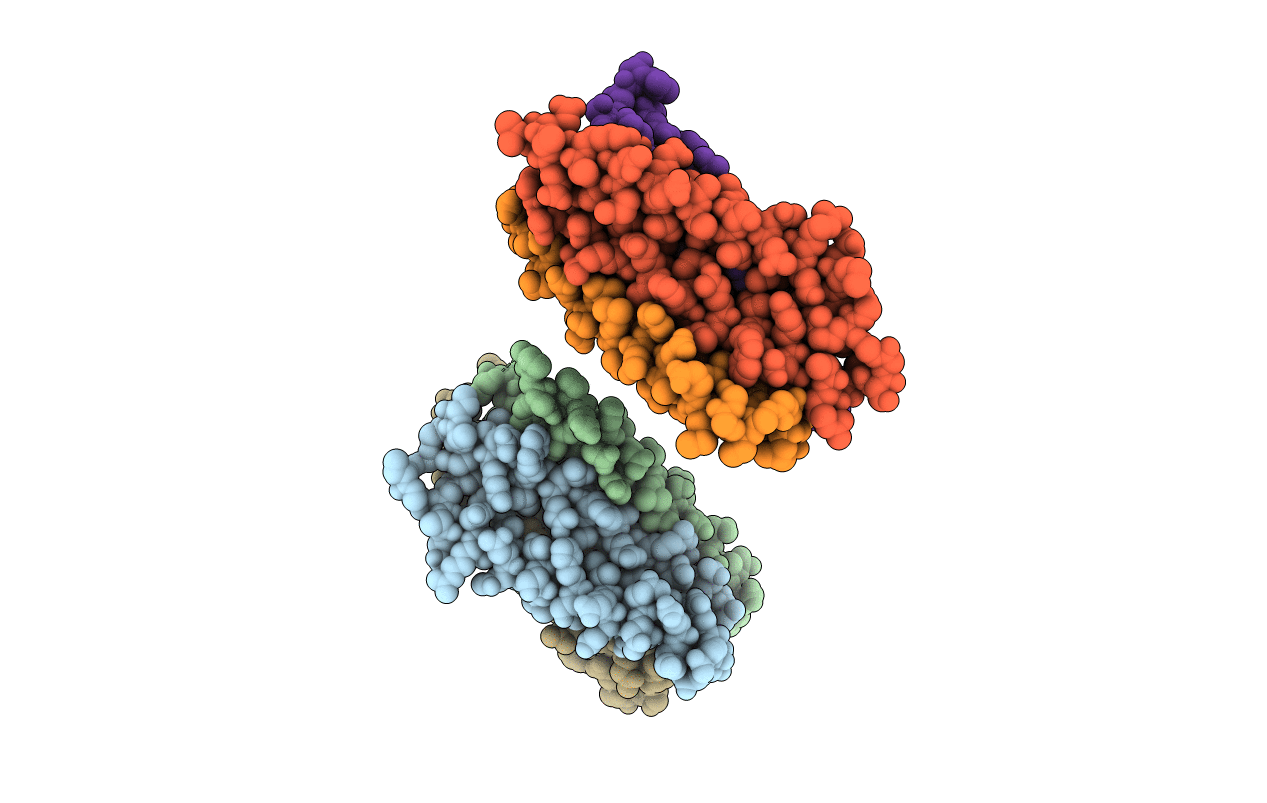
Deposition Date
2000-05-23
Release Date
2001-06-20
Last Version Date
2024-02-07
Entry Detail
PDB ID:
1F23
Keywords:
Title:
CONTRIBUTION OF A BURIED HYDROGEN BOND TO HIV-1 ENVELOPE GLYCOPROTEIN STRUCTURE AND FUNCTION
Biological Source:
Source Organism:
Human immunodeficiency virus 1 (Taxon ID: 11676)
Host Organism:
Method Details:
Experimental Method:
Resolution:
2.30 Å
R-Value Free:
0.27
R-Value Work:
0.19
Space Group:
P 1


